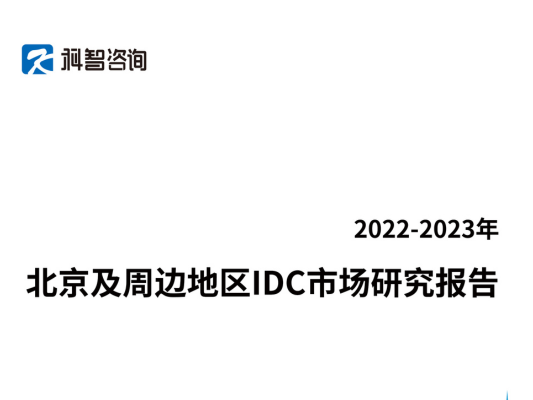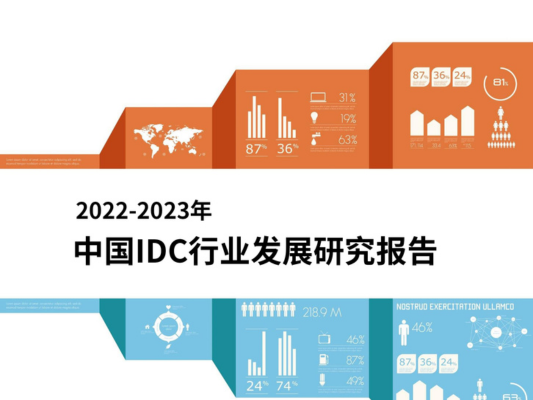Company uses system to purify water in evaporative cooling system.
NTT Global Data Centers (NTT GDC) has used a water purification process known as reverse osmosis at one of its data centers to reduce the amount of water used in the facility’s cooling system.
NTT GDC has released the company’s first sustainability report, detailing some of its sustainability efforts and providing insights into the efficiency of its facilities. In the report, the company detailed a new effort to reduce water consumption at one of its UK sites.Across 2022, NTT’s Hemel Hempstead 3 data center 1 in the UK used more than 80,000 cubic meters of water in indirect evaporative cooling units (IDECs).
“High alkalinity and dissolved solids in the water supply led to excessive drainage and salt deposition on heat exchangers, and increased water and chemical costs,” the company explained. “After implementing a reverse osmosis (RO) system to remove over 95 percent of dissolved salts, and blending 15 percent of raw water back in to maintain hardness, we reduced the WUE from 1.8l/kWh to 1.2l/kWh from June 2023 to July 2024.”
The company said this saved 35,000 cubic meters in annual water usage, leading to $100,000 in annual financial savings.
“We eliminated 30 tons of salt used for water softening, saving us another $20,000 a year on chemicals,” the company added.
In a recently released video on the project, Steve Campbell-Ferguson, global lead for design, NTT Global Data Centers, said the campus uses cooling towers rather than chillers for its cooling, evaporating water to remove heat.
“60 or 70 percent of that [water] is evaporated, the other 30 or 40 percent we have to put down the drain so we don’t accumulate high concentrations of salt within the cooling towers that can cause scale and corrosion,” he said.
The campus is located in the south of England, where the hard water contains high levels of calcium and magnesium salts as well as bicarbonate. While the calcium and magnesium can be removed with a softener, the alkalinity from the bicarbonate requires a different system to remove. For this project, NTT installed an RO plant to remove that alkalinity.
RO uses semi-permeable membranes to separate water molecules from other substances. The unit NTT deployed comprises a pump that raises the water pressure to 16 bar, with the water then pushed through a tube with a reverse osmosis membrane. The water is pushed through the membrane, which captures the salts.
“That means we end up with 90 percent pure water with 97 percent of the salts removed, and the other 10 percent of the water now has all the salts in it that we put down the drain,” Campbell-Ferguson said. “Although we're putting 10 percent of water down the drain here, it's a lot less than we need to put down the drain from the cooling towers.”
The company has two RO units to meet the Hemel Hempstead facility’s peak cooling load during summer, but during winter, the company operates with one unit in use around 50 percent of the time.
NTT has around 20 data centers that use water systems, and the company is now exploring which ones could benefit from deploying RO pumps.
“That will be a site-specific assessment because it's driven by the quality of the incoming water that changes from location to location depending on the local geology, whether it's water that's extracted from the ground, or water that's extracted from lakes and rivers,” Campbell-Ferguson added.
NTT’s data center emissions go down
Between 2022 and 2023, NTT GDC’s total energy consumption increased from 3,260GWh to 3,500GWh. Around 40 percent of the company’s total use was attributed to renewable energy sources.
Total Scope 1, 2, and 3 emissions dropped from 2,108 ktCO2e to 2,042 ktCO2e – increases in Scope 1 and 3 emissions were offset by a drop in Scope 2; though still up on the 2021 baseline of 1,873 ktCO2e.
The average 12-month rolling PUE for NTT’s data centers improved from 1.4 to 1.38.
For its water efficiency, the average 12-month rolling WUE for NTT’s data centers improved from 1.01 liters per kWh to 0.65 l/kWh; for evaporative sites, the sites improved from 2.93 l/kWh to 2.77 l/kWh.
In EMEA, the company has increased its supply air temperature from 24°C to 25°C (75°F to 77°F) in occupied data halls and increased chilled water supply temperature setpoint from 20°C to 21°C (68°F to 70°F). It has also reduced the differential pressure setpoint from 20Pa to 10Pa in occupied data halls.
“As a result, we netted an overall average energy reduction of 37 percent in the occupied data halls and an 8 percent average reduction in fan speed, leading to expected savings of 840MWh every year,” the company said.
NTT also said it aims to research and deploy non-refrigerant cooling solutions and alternative backup solutions for its data centers.








